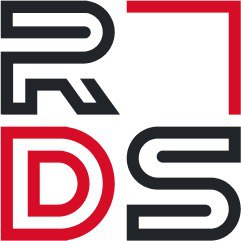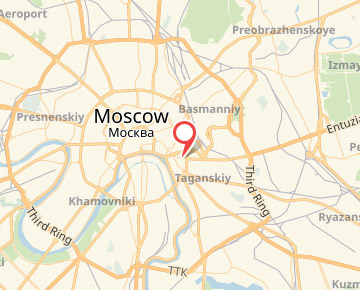PRANA for Insurance Companies and Their Clients
JSC RDS cooperates with the largest insurance companies in Russia. Agreements on cooperation are signed in the field of technological risk prognostics and insurance. PRANA prognostics system is used by insurance companies to investigate incidents in the Russian energy sector.

PRANA is a tool to increase the transparency of equipment operation and technical condition. The system allows to conduct in-depth analysis of data and determine the real causes of accidents, which may include both equipment design defects being the manufacturer’s responsibility, as well as inappropriate actions of personnel operating the insured units and facilities.
PRANA prognostics system allows for carrying out retrospective analysis of incidents that resulted in the occurrence of the insured event, as well as using experimental scoring models to calculate risks associated with the operation of industrial equipment.
Use of the PRANA predictive analytics system is capable of changing the existing practice of insuring technological risks. Prognostics is not only an effective way of preventing failures, but an objective criterion in investigation of accidents which have already occurred.

PRANA is an opportunity to increase the reliability of operating equipment, to bring the control over the actions of the operating personnel to a new level and thereby reduce the insurance rate by selecting an optimized insurance solution on special conditions. The use of the PRANA system allows to significantly expedite insurance claim payments.
| Case 1 |
GE LM6000 gas-turbine unit incident Analysis of the archived data on the gas-turbine unit GE LM6000 operation for a year before the damage confirmed the impossibility of preventing an incident. Confirmed observance by the operating services of all the requirements of operating instructions made it possible to relieve the insurance company of the responsibility to pay compensation, and file claims with the manufacturer for the delivery of low-quality equipment. |
|---|---|
| Case 2 |
Siemens SGT5-4000F gas-turbine unit incident Analysis of the archive of the Siemens SGT5-4000F gas-turbine unit operation revealed non-compliance of the requirements of the Grid Code of the Russian Federation by the operating services. In particular, a constant excess of the vibration velocity value of 4.5 mm/s on the support No. 3 of the generator and periodic reaching the value of 6.8 mm/s was revealed. Lack of actions from the operation side led to the development of a defect in the “weak” point — compressor housing key and, as a result, damage to the GTU flow path. Violation of the requirements of regulatory and technical documentation did not allow the equipment’s owner to compensate for losses incurred as a result of repair and equipment downtime at the expense of the insurance company. |
| Case 3 |
Ansaldo GT13E2 gas-turbine unit incident Analysis of the archived data on Ansaldo GT13E2 gas-turbine unit operation for one month before the damage revealed the beginning of deviations in GTU technical condition 7 days before the accident. Main changes were connected with the temperature of the bearing thrust pads and vibration velocity of the turbine frame and did not impose restrictions on operation in accordance with the requirements of manufacturer’s instructions. Opening the turbine after an emergency shut-down showed that the main cause of GTU damage was blades overheating due to insufficient cooling. Confirmed observance by the operating services of all the requirements of the operating instructions made it possible to file a claim with the manufacturer for the delivery of low-quality equipment and relieve the insurance company of the need to pay an insurance premium. |





